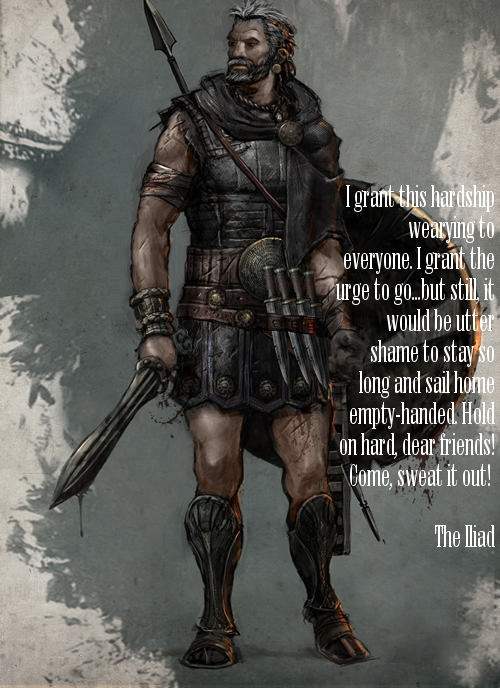


At the entrance, legend-seeking visitors can climb inside the belly of a giant wooden horse, as if they were Greek combatants about to secretly storm the citadel and vanquish Troy. So they’ve tried to liven up the visitor experience. ‘Tourists are disappointed,’ says Aslan sadly. Beyond the entrance are crumbling rows of soft mud bricks and limestone blocks making walls, moats, ramps and the remains of a small Roman theater. The site may be historically and culturally significant, but it’s not spectacular. The Troy of Hector, Helen and Priam is just one of these.

He points to the 10 layers that are being unearthed, each representing a different city before it was abandoned or destroyed by war, fire or earthquake, each built upon the ruins of its fallen predecessor. I was met by Professor Rustem Aslan, excavation director at Troy, who had begun digging here on Hissarlik Hill as a student in the 1980s and hasn’t put his trowel down since. I’d taken a short ferry ride and made a five-hour drive from Istanbul, through fields of sunflower husks and twisted olive trees, to Priam’s battleground. Since those ancient times, the city has crept four miles inland from the Aegean shore and overlooks the Dardanelles (now Canakkale) Straits. We know Troy doesn’t stand exactly where it did when Homer was writing. The Unesco World Heritage site is still being excavated to add, if not ancient bones then at least shards of pottery, to the archaeological evidence and make the myth real. Julius Caesar, Alexander the Great and the Emperor Constantine were all here before me, footstepping Hector and hoping to tread where Helen wept. Homer’s epic poem, one of the oldest works of western literature, has attracted tourists to this unassuming spot for millennia. This unpromising site claims to be the real Troy - the very spot where Zeus’s daughter Helen fled to make love to Paris where the mighty Hector, the Trojan general, fell at the hands of Greek warrior Achilles and where the giant Trojan Horse entered the city concealing Greek warriors in its wooden belly. Over 3,000 years after Homer wrote in The Iliad of the 10-year siege of King Priam’s mighty citadel, I’m standing on an unremarkable patch of scrubland in northwestern Turkey. Few places can conjure up such stories of love and loss, homesickness and heroism, gallantry and grief as Troy. These three things transformed a hillock in Asia Minor into a legendary city. A wooden horse, a fallen hero and Helen, the most beautiful woman in the world.


 0 kommentar(er)
0 kommentar(er)
